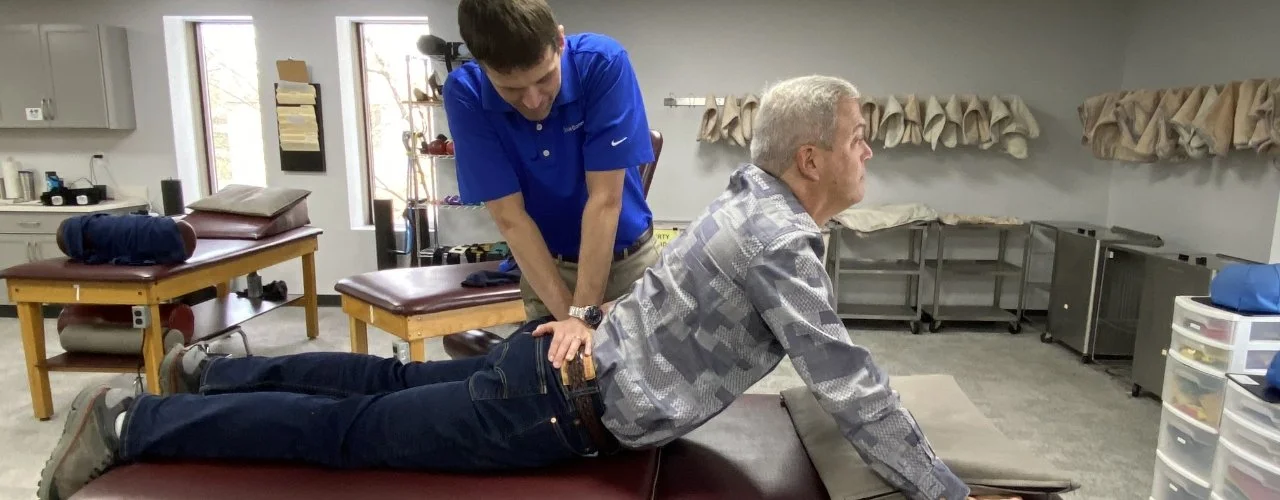MCKENZIE METHOD
The McKenzie Method (also known as Mechanical Diagnosis and Therapy, MDT) is a specialized approach to assessing, diagnosing, and treating musculoskeletal conditions, particularly spine and extremity pain.
Key Points about the McKenzie Method:
Origin: Developed by New Zealand physiotherapist Robin McKenzie in the 1950s.
Focus: Emphasizes patient self-management and education through specific exercises and posture correction.
Assessment: Uses repeated movements and sustained positions to classify the patient’s pain and symptoms into distinct syndromes (e.g., derangement, dysfunction, or postural).
Treatment: Involves exercises aimed at centralizing or abolishing pain (often moving pain from the extremities toward the center of the spine), improving mobility, and preventing recurrence.
Empowerment: Encourages patients to take an active role in their recovery by teaching them how to manage symptoms independently.
Common Uses: Low back pain, neck pain, sciatica, and other joint or spinal issues.
Our team includes a certified MDT (McKenzie Method) therapist, complemented by several other therapists who have undertaken advanced training in the system.
How the McKenzie Method Works
Comprehensive Assessment
The therapist begins by thoroughly assessing your symptoms through specific repeated movements and sustained positions. These tests help identify how your pain responds—whether it worsens, improves, or changes location.Classification of Your Condition
Based on your responses, your condition is classified into one of three main syndromes:Derangement Syndrome: Pain caused by displacement of joint structures, often producing referred or radiating symptoms.
Dysfunction Syndrome: Pain caused by mechanical deformation of tissues that are shortened or scarred.
Postural Syndrome: Pain caused by prolonged poor posture without structural damage.
Targeted Exercise Prescription
Using the classification, your therapist will prescribe specific exercises designed to reduce and centralize your pain. For example, repeated spinal extension exercises can often “centralize” radiating leg pain back toward the lower back, which is a positive sign.Patient Education & Self-Management
A core part of the McKenzie Method is empowering you with the knowledge and tools to manage your symptoms on your own. You’ll learn how to perform the exercises correctly, improve your posture, and avoid movements or positions that aggravate your pain.Progress Monitoring and Adjustment
Your therapist monitors your progress and modifies exercises as needed. The goal is to restore normal function, reduce pain, and prevent future episodes by addressing underlying mechanical issues.
The McKenzie Method is effective because it focuses on identifying the specific movement or position that affects your symptoms and teaching you how to control your pain independently. Our therapists will utilize this method if we feel it is beneficial to your recovery. If it does not produce the desired results, we will implement one of our many other evidence-based treatment methods to effectively address the issue.


